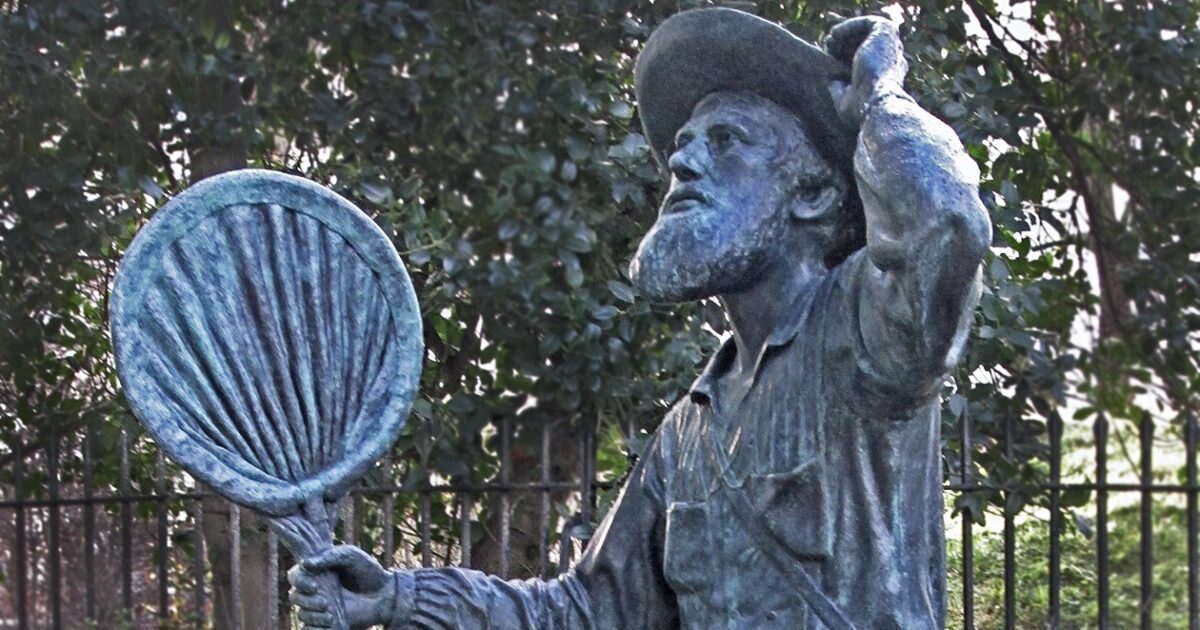 Evolution
Evolution
 Intelligent Design
Intelligent Design
When Alfred Russel Wallace Spoke to Me

I was born forty years after Alfred Russel Wallace died. So obviously my life never intersected with the life of the man who, with Charles Darwin, discovered the theory of evolution by natural selection. But the beauty of reading is that figures from the past can still speak to us, and happily, by the time I was a young college student Wallace spoke to me.
The “Edge of History”
Wallace went on to challenge and break with Darwin over what I’ve called “intelligent evolution,” a forerunner of modern intelligent design, as readers of my book, Intelligent Evolution: How Alfred Russel Wallace’s World of Life Challenged Darwinism, will be aware. He came to me indirectly, through William Irwin Thompson’s At the Edge of History. When I was a freshman in 1972 that book was hot off the presses, and making its impression upon those of us who were avid readers and interested in thinking outside the box.
Thompson’s book certainly exposed me to new ideas, and Darwin’s reigning paradigm at the time found itself in his crosshairs. I thought (like Thompson once did) that only backwater hicks and assorted religious extremists seriously questioned Darwinian evolution. But Thompson shook my presumptions and certainties:
And, in fact, this kind of snobbery seems to have been one of the historical conditions which enabled the theory to triumph: the Victorian liberals were quick to champion the new theory because it helped them put the staid, port-sipping, fox-hunting, Tory clergy in its place. Loren Eiseley has recalled how vehemently Darwin reacted to Wallace’s questioning of their joint theory. Even at the time of its formulation Wallace wondered why, if survival of the fittest was the mechanism of natural selection, man ever evolved a brain a hundred times more complex than that needed for survival. “‘No adequate explanation,’ they [Eiseley quoting M. R. A. Chance and A. P. Mead] confess over eight years after Darwin scrawled his vigorous ‘No’ upon Wallace’s paper, ‘has been put forward to account for so large a cerebrum in man’.” Five hundred thousand years ago, Pithecanthropus “evolved” with an explosion of brain size and frontal development. Since there are more primitive man-apes farther back, in the few remains of bones we have, it is tempting to connect the dots in a line that cuts across all the dimensions of plentiful space. It is all the more tempting to connect the dots in this way if one is living in an empire that places the white race at the end of a long line of progress in which the darker races are but bestial prefigurings of the Englishman. And if one lives in an economic system in which the market is red in tooth and claw, it is tempting to think that laissez faire and survival of the fittest are part of nature’s way.
Purpose and Meaning
I never looked at Darwinian evolution in quite the same way after that, and although Wallace receded into the deep recesses of my memory, I had what Pasteur called “the prepared mind” to take in what Wallace had to tell me in The World of Life when I was happily reacquainted with him. That was some 15 years ago.
I invite you to join me on my intellectual journey. My carefully edited and introduced abridgment of that work will bring you into Wallace’s rich world of purpose and meaning. Get Intelligent Evolution today!
